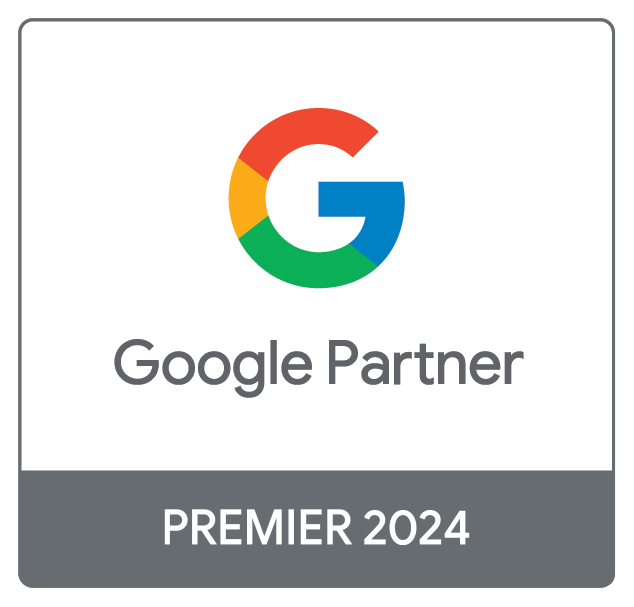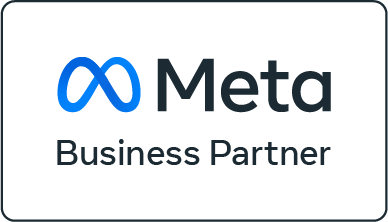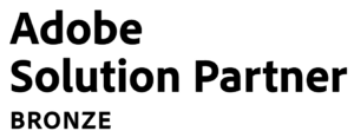It may seem quite obvious that the way a site and its pages are organised is important. However, many may not realise how much it can influence the SEO visibility of a website.
One of the most crucial parts of SEO is optimising a site for traffic, revenue, and conversion.
Nowadays, to achieve success with SEO, sites need to be both: user-friendly and easy to crawl by the search engines.
There is a lot to think about the website structure, for example, how the pages are related and inter-connected as well as what is the meaning and purpose of each page.
Generally, the ultimate goal to achieve the best results from SEO with a website should be achieving a balance between a visually aesthetic website for the users and a structure of that website for the visibility in search engines.
Being aware of what can harm the SEO ranking is the first step to improving the visibility in organic search results. Next, it is crucial to know how to approach the issues effectively.
Read further to learn about the common site structure issues as well as how to address them.
Site Crawlability
 An ability to crawl the text content on a website is highly important for SEO. In this way, a search engine is acknowledging what the website is about as well as each of the pages. It navigates through every website topic to comprehend the purpose of the site.
An ability to crawl the text content on a website is highly important for SEO. In this way, a search engine is acknowledging what the website is about as well as each of the pages. It navigates through every website topic to comprehend the purpose of the site.
To enable the search engine to crawl the whole site the pages need to be interconnected. This means that a user can navigate from one page to another within the site. Therefore, the crawlability of the website is important.
Having a crawlable site should mean that all pages are being indexed so that the search engine has an overall picture of what the site content is and it can direct to it the relevant users within their specific search queries.
Action plan:
Ensure that there are no ‘dead’ links on the website and include all internal links on every page so that the site is crawlable.
URL Structure
URLs are also a part of an effective site hierarchy as they pass the site equity from domain to all website destinations as a user can land on.
It makes absolute sense that URL structures should contain the target queries. But it is also important to keep them easy to read both by user and search engines. This helps maintain the logical order across the website.
Submitting an XML sitemap to search engines with the site URLs may be also helpful for the search engines.
Action plan:
Keep the URLs as simple as possible while including the target query.
HTTP, HTTPs and HTTP2
 As Google is carrying on with improving the security of its users, it pushes secure sites higher in the search result rankings.
As Google is carrying on with improving the security of its users, it pushes secure sites higher in the search result rankings.
Already, the majority of the worldwide web is using HTTPS instead of HTTP.
Doing the same would result in a few additional benefits such as improved user experience, protection of users’ information, PPC campaign effectiveness and improved data in Google Analytics.
Moving forward from November 2020 Google has already started crawling some sites over HTTP/2.
Action plan:
Ensure your site is secure by moving away from HTTP.
Internal Linking
Well-interconnected site is the basis of proper navigation. Users should be able to discover new pages across the site without any difficulties. The bigger the site is the more challenging it becomes to make each page accessible within a few clicks for a user, while using navigation alone.
From the search engine point of view, pages that are not linked internally are much harder for search engines to crawl. Internal linking helps crawl the site quicker and therefore improve the site rank. Moreover, search engines reward internal links regarding ranking in search engine results pages (SERPs) – another SEO treasure.
Action plan:
Pay attention to categorising your links across the site and link them internally. Organise the links in a way that will not damage your website structure.
Keywords & Content
 One of the most fundamental parts of SEO is content and keyword research. These are also crucial in building the structure of a website. This is done by ensuring the right target audience, their search behaviour and specific topics are included in the website structure and its layout.
One of the most fundamental parts of SEO is content and keyword research. These are also crucial in building the structure of a website. This is done by ensuring the right target audience, their search behaviour and specific topics are included in the website structure and its layout.
Action plan:
Ensure to use the most relevant content for your target audience and your business. Also, make sure the content is high quality and central to the website structure.
Duplicate Content
Duplicate content on your website may be very harmful to its SEO performance. Usually, Google perceives it as spam.
Moreover, having two pages with the same content makes them unnecessarily compete together in the rankings.
Google Search Console helps in finding and removing duplicate content across your website.
Action Plan:
Ensure that each of the pages on your website is unique and provide a special value to your target audience.
Navigation and User Experience
Whe n a user visits a website and they struggle to find what they are looking for it, it may be often due to poor design and navigation. In that case, the user will usually avoid interacting with this website in the future and probably will land on a competitor’s website.
n a user visits a website and they struggle to find what they are looking for it, it may be often due to poor design and navigation. In that case, the user will usually avoid interacting with this website in the future and probably will land on a competitor’s website.
Usability standards is something that has been getting stricter over the years and Google pays much attention to the user experience aspect. Therefore, failing to maintain good user experience across the site may harm its SEO.
The main factors Google looks at when determining the user experience are click-through rate, time a user spends on a site, and bounce rate. If these indicate a negative experience, Google assumes the page is not relevant or useful for a specific search query and will adjust the search results accordingly.
Action plan:
Align click-through rates with expectations. Also, improve the site navigation so that the relevant information is easy to find.
Core Web Vitals & User Experience
Core Web Vitals indicate how your site performs based on real-world usage data. They are an essential part of a page experience and can especially impact the rank when optimising images.
Moving forward they may become one of the most important factors affecting SEO of websites in 2021.
Core Web Vitals will make the biggest part of your page experience score which considers what’s important for user experience such as HTTPS protocol, mobile-friendliness, lack of pop-ups and safe-browsing.
Google says that having a good page experience doesn’t replace good quality content, but is still important in cases where there are multiple pages with similar content. In this case, page experience becomes much more important for Search Visibility.
Action plan:
Use Google Search Console to check up on the Core Web Vitals of your website and take appropriate actions.
Mobile Friendliness
 It’s been a few years now since Google started working on mobile-first indexing. It crawls the web using a smartphone Googlebot.
It’s been a few years now since Google started working on mobile-first indexing. It crawls the web using a smartphone Googlebot.
Therefore, it is highly important to have a responsive website. It means that a site can be viewed on different digital devices without difficulties of accessing the information caused by the site structure.
Action plan:
Ensure your site is responsive and all images, as well as text, are visible to mobile users.
Speed and Website Performance
The loading time of your pages has a massive impact on user experience. If the page speeds are poor or there are any unresponsive pages, it damages all the SEO efforts and Google will harm the rankings.
Also, users will not be likely to spend time on a website a probably move to the competitor’s site. Even a 1 second delay in page load time can mean fewer page views and traffic. This will impact negatively conversions too.
Action plan:
Make sure that the right mobile design and website structure is chosen for your website such as responsive web design.
Conclusion
To achieve the best outcomes from SEO, it is crucial to ensure website structure is the most logical and hierarchical for you and your users. It needs to be easy to crawl by engines. Also, ensure the site is architected for search readability.
It is essential not to neglect the aspect of website structure and its effect on SEO results.
Making sure that the website structure and design are aligned together will reward the overall SEO efforts in the future.
If you have any question, get in touch with us!








